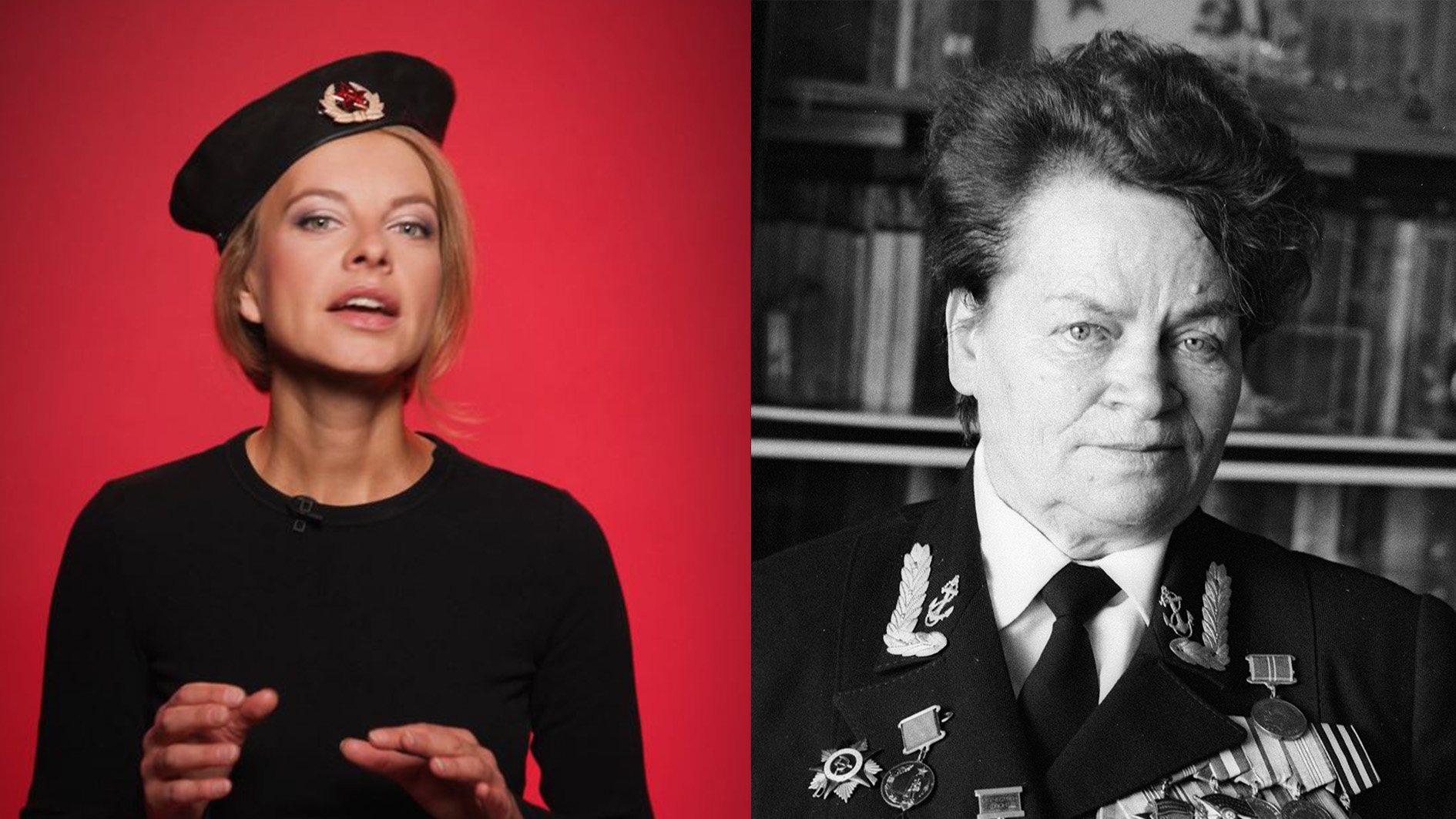
80 years ago, Soviet & American troops met on the Elbe

On April 25, 1945, the Allied forces united in northwestern Saxony, thereby cutting the Wehrmacht forces into two isolated groups.

The historic meeting was not spontaneous – they had prepared for it in advance. Units of the 1st U.S. Army were the first to reach the contact line along the Elbe River.

On the morning of April 25, several reconnaissance groups crossed to the opposite bank to look for their Soviet “brothers in arms”. At 1:30 pm, near the city of Riesa, Lieutenant Albert Kotzebue’s soldiers came across a detachment of Senior Lieutenant Grigory Goloborodko from the 5th Guards Army.

“We communicated in German. I translated Kotzebue into English and one of the Russians who knew German translated into Russian for the others,” recalled translator Joe Polowski. It was the Americans who were invited to the location of the Soviet troops.

A little later, in the area of the city of Torgau, the groups of lieutenants Alexander Silvashko and William Robertson met. At first, the soldiers mistook each other for Nazis, but when one of the Americans shouted “Moscow – America!”, the situation defused.

“We were approaching each other across the bridge. We met in the middle. We shook hands. No one knew the language, but the soldiers' ingenuity helped us figure it out,” said Silvashko, who was called to the headquarters of the U.S. division.

Contact between the Allies was established, which made it possible to organize a full-scale meeting in Torgau on April 26 with the participation of representatives of the high command, a feast, photo sessions and an exchange of gifts.

A joint photo of Robertson and Silvashko against the backdrop of a poster with the inscription “East meets West” was taken at the same time and reached newspapers around the world. These officers maintained their friendship for life.

And, in Moscow, the momentous event was celebrated with a ceremonial salute of 324 guns.












